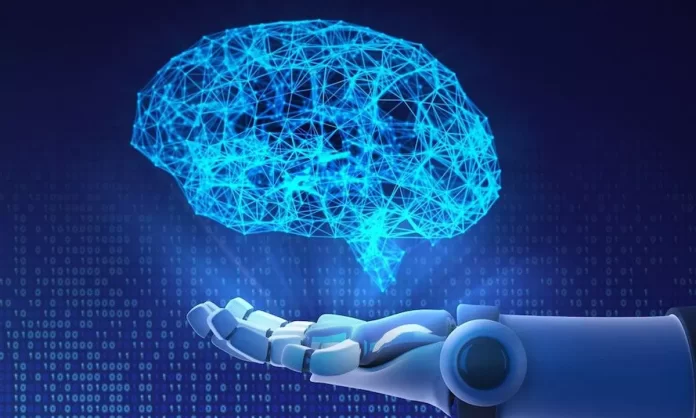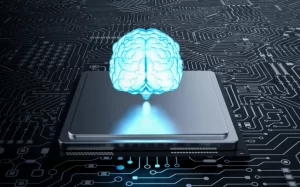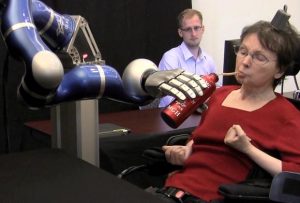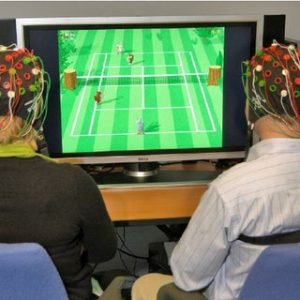Brain Computer Interface (BCI) also known as Brain Machine Interface is not a new concept. Researchers have been studying brain cells and neuron activity for the longest time. Research on wearable BCI started back in 1970 and a BCI implant was tested on humans in late 1990.
With the advancement in modern computing and with a strong research team comprising experts from diverse fields like- clinical neurology and neurosurgery, neurobiology, engineering, psychology, rehabilitation engineering, computer science, and mathematics, as the backbone, the brain-machine interface paradigm has gradually moved from being a science fiction notion to a working reality with its widespread applications that will bring a positive facet to human life.
Working Applications of Brain-Computer Interface
The base of BCI research initially was to focus on biomedical applications that can benefit people with disabilities caused due to physical injury, stroke, or neurological disorder. With some initial advancements in the area, a couple of BCI wearables are developed to cater to the need of paralyzed patients, and with new use cases coming up, BCI can now be used as a neurofeedback training tool to enhance our brain’s cognitive performance.
Brain-Computer Interface has found application in various areas of research and is not just limited to the medical realm. The technology is actively being utilized in areas like – neurorobotics, smart environment, education and self-regulation, marketing and advertisement, security, and authentication.
Medical Applications
The development of motor prosthetics that would take commands through electrical waves generated by neurons in the brain as part of restoring communication and movement for people with disabilities is simply the beginning. BCI is also getting trained for the prevention, detection, and rehabilitation phases of the medical realm.
Road accidents are a major cause of death worldwide. Researchers are tapping into the possibility of consciousness level monitoring through brain-generated signals to progress towards a decrease in accidents happening due to various reasons like motion sickness etc. This knowledge base would also benefit sick people staying in minimum or zero human proximity.
Mental state monitoring can also be performed through BCI techniques. This would help immensely in detecting health issues like brain tumors, epilepsy, narcolepsy, etc. with the help of EEG (electroencephalogram). A brain syndrome like dyslexia can be potentially diagnosed by measuring brain activity through BCI.
Foundation of Smart Homes
A definitive amalgamation of IoT and BCI technologies can lead to the development of smart environments like smart homes, workplaces, and intelligent transportation systems. Brain-computer interface-based Smart Living Environmental Auto-adjustment Control System (BSLEACS), a cognitive controller system is proposed to monitor a user’s mental state and change the surrounding components accordingly. Further integration of smart homes and healthcare is a potential research area in the brain-computer interface application model.
Cognitive state monitoring BCI function can be utilized in the field of intelligent transportation and EEG signals can be used to detect fatigue or distraction factors in a driver, pilot, air-traffic controller, plant operator, etc. Researchers have also presented the idea of a smart driving system to control a car’s speed by analyzing the concentration value of brain signals.
Marketing and Advertisement
The field of marketing and advertisement is showing great interest in BCI technology. The relevance is fast-paced with implications where brain signals can be captured and trained to generate analysis on the attention span of a particular advertisement displayed on a television or any other marketing channel. The other side is to consider the impact of cognitive function in neuromarketing by estimating the memorization factor associated with a commercial, thus harnessing a different approach to advertisement evaluation.
Education and Corporate Regulation
The neurofeedback approach that targets the human brain’s activity modulation is a great tool to enhance cognitive performance. It analyses the brain’s electrical signals to determine the extent of clarity of information heard or read by a user. BCI technologies are also being tested for self-regulation using functional Magnetic Resonance Imaging (fMRI) neurofeedback. Researchers are also trying to find a hybrid model of real-time functional Magnetic Resonance Imaging (fMRI) and electroencephalogram (EEG) to regulate emotional capabilities that would serve in handling neuropsychiatric disorders or depression in humans. These models can cater to many areas like corporate, sports, etc to manage the stress levels of employees or players. A Toronto-based start-up has developed a sensing band (non-invasive BCI approach) that generates real-time information about the brain’s activity. These BCI applications can help understand, balance out, and regulate the emotional capacity of humans on a large scale.
The World of Games and Entertainment
Imagine a game where the calmer and more peaceful you are, the better the chances are of you winning the game. This side of the gaming world is being researched and already have some games that are based on BCI technology. Researchers are working on the idea of combining the features of existing games with brain-controlling mechanisms to create a multi-brain entertainment platform. Such games can help in emotional regulation and neuroprosthetic rehabilitation.
Security and Authentication
Brain fingerprinting is a scientific method that detects suppressed information by measuring EEG or brain signals through the non-invasive BCI technique of placing sensors on the scalp. This technology is used in solving crimes and recognizing culprits. The present security systems are vulnerable to several breaches like shoulder surfing, cancellable biometrics, insecure passwords, unauthorized access control, etc. The solution that minimizes these risks is cognitive biometrics or electrophysiology. This technology model uses brain waves (biosignal) to identify the information. The characteristic of brain signals is such that they cannot be casually intercepted and is highly difficult to synthesize thus making the security systems highly resistant to malicious attacks. To top it all off, an electroencephalogram (EEG) can also detect external forceful conditions and send covert warnings in case of a security malfunction.
Conclusion
Prominent technological advancements and rigorous research collaboration in the area of brain-computer interface and its underlying applications are improving every day. The day is not far when smart devices will get smarter with the evolution of communication via brain signals. Brain-Computer Interface is set to disrupt the way we look at simple things in life and is sure to boost and enhance human life.











